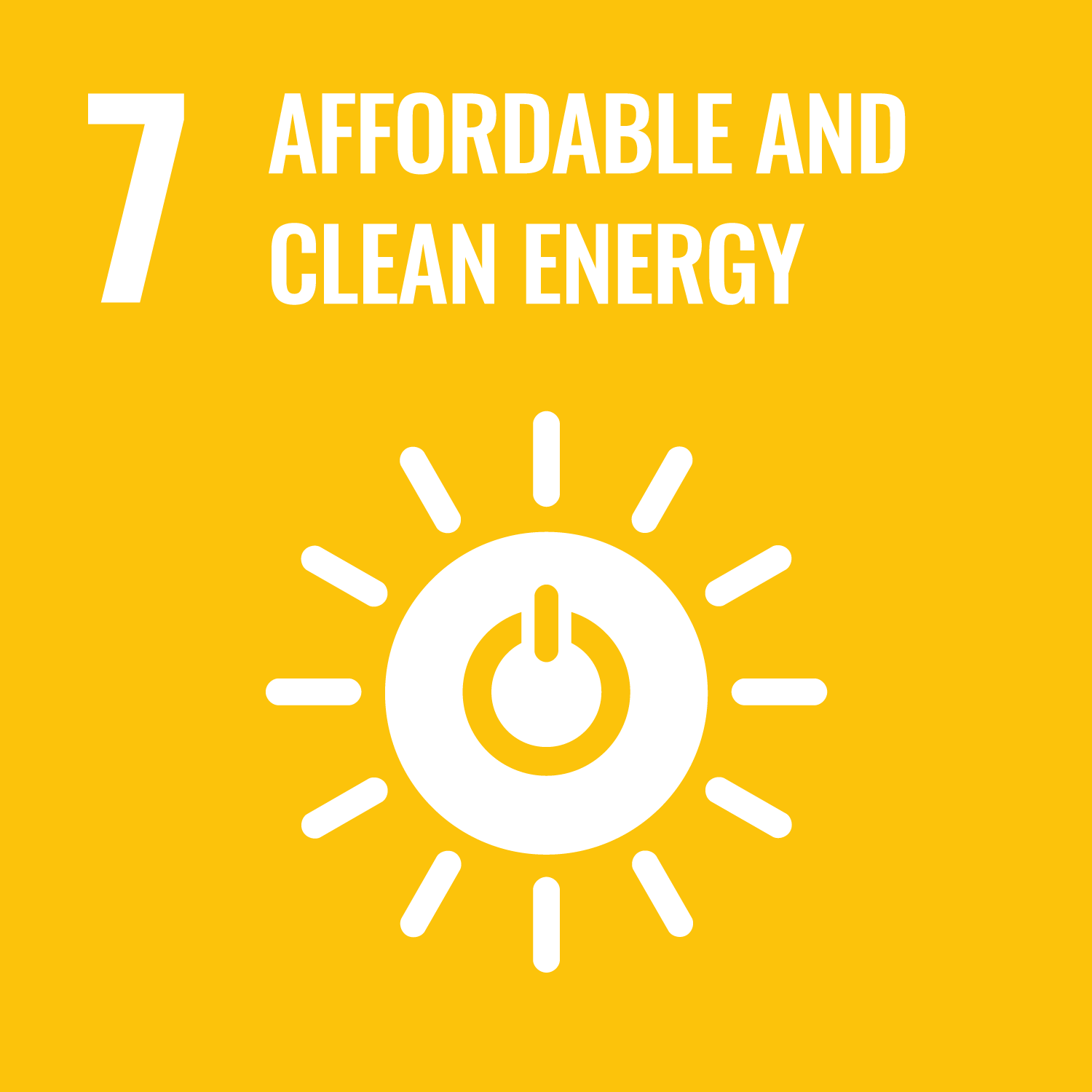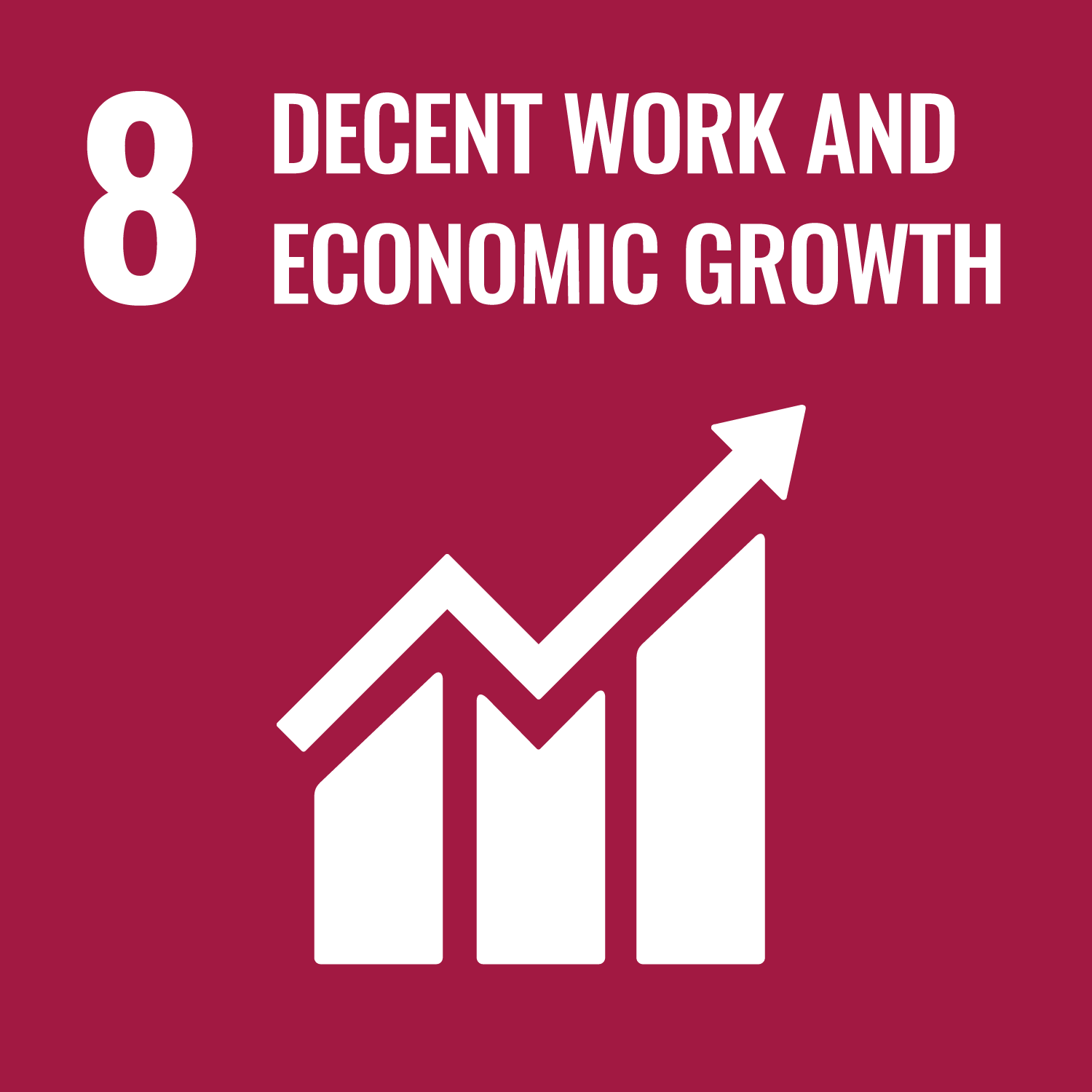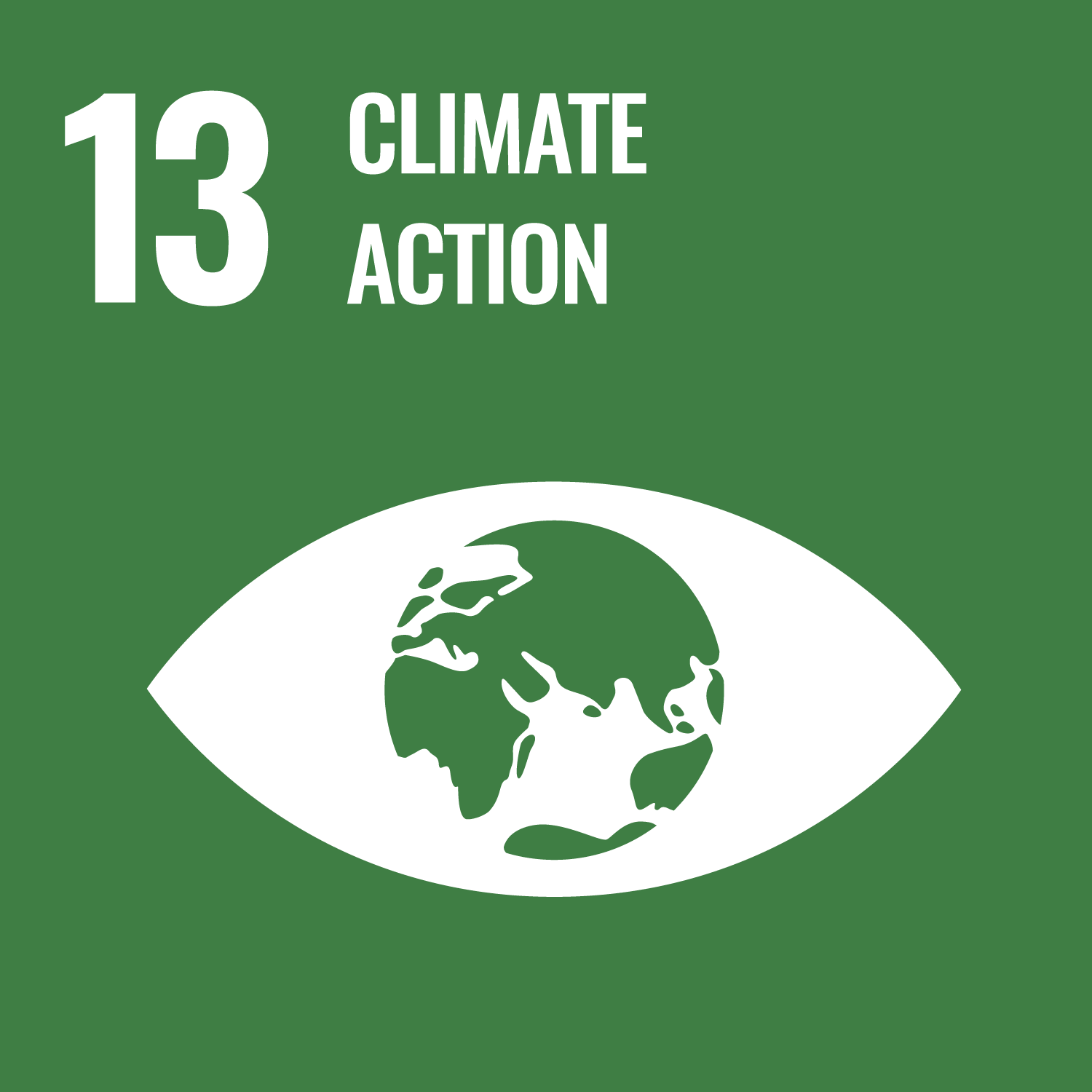PROJECT DETAILS
| Project Submission No. | S00575 |
|---|---|
| Project Title | 13.5 MW Hydro Power Project by Nanti Hydro Power Private, India |
| Project Owner(s) (as per PSF & LOA) | Nanti Hydro Power Private Limited |
| Submission Date | 2022-06-28 |
| Global Stakeholder Consultation Period |
2022-11-06 to 2022-11-20 |
| Sector | 1.Energy industries (renewable-/non-renewable sources) |
| Project Type | Hydro Power |
| GCC/CDM Methodology & Version | AMS-I.D. Grid connected renewable electricity generation --- Version 18.0 |
| Forecasted GHG Emission Reduction (tCO2e/Year) |
|
| Forecasted E+ Label | Yes |
| Forecasted S+ Label | Yes |
| Forecasted SDG+ Goals |



|
| Forecasted SDG+ Label | Silver |
| Forecasted Market Eligibility | C+ - Pilot Phase |
|
Location Details
Open Full Map
|
|
| Country |
India
|
|---|---|
|
Focal Point of Project Owners
|
Nanti Hydro Power Private Limited |
| Email of Contact Person of FP (Primary) | jkarenergyventures@gmail.com |
| Email of Contact Person of FP (Secondary) | jaykunduru@gmail.com |
| Email-id of External representative | jkarenergyventures@gmail.com |
| Documents for Global Stakeholder Consultation | Project Submision
Calculation Sheet Other Documents |
| Project Brief | The 13.5 MW Hydro Power Project is a small hydroelectric project, which is a run-of the river type on Nanti Khad a tributary of Sutlej River developed by Nanti Hydro Power Private Limited at Rongcha village near Jeori, Shimla district, Himachal Pradesh state, India. The scheme envisages diversion of inflows of Nanti Khad by constructing a diversion weir. The diverted inflows will be carried through conveyance tunnel/channel to a surface desilting tank. The silt free water will be carried through cut and cover type power channel/ tunnel up to a common forebay. The inflows will be led to surface power house through a surface penstock to feed two no’s Pelton turbine driven generating units of 6.75 MW each. |
|---|---|
| Additional Information | The project operation will contribute to sustainable development by substituting fossil fuel generated power of about net annual average of 63,175 MWh there by, reducing GHG emissions of nearly 57,411 tCO2 per annum and 574,106 tCO2 for entire crediting period. |